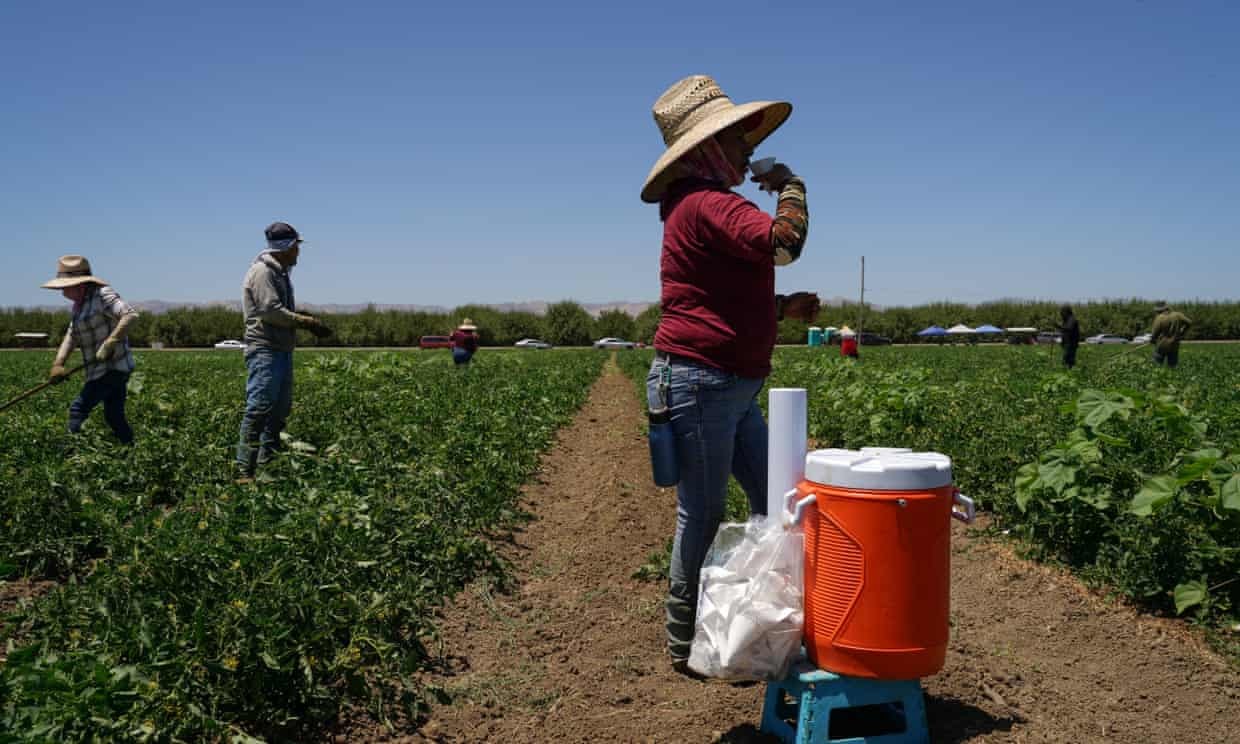 |
| People work in tomato fields in hot, sunny weather conditions. (Source: Reuters) |
Many areas in the western United States will experience record-breaking temperatures, the NWS warned, as an extreme heat wave continues to grip the western and southern parts of the country, affecting tens of millions of people there.
According to NWS, temperatures reached 54.4 degrees Celsius on July 14 in some areas of Arizona and Nevada, with the highest temperatures ever recorded in the two cities of Phoenix and Las Vegas.
Phoenix recorded its 15th consecutive day of temperatures above 43 degrees Celsius on July 14. The extreme heat has forced city authorities to cancel plans to hold concerts on weekend nights this summer.
Las Vegas is also forecast to hit a record high on July 16, when temperatures could reach 47.8 degrees Celsius. The current high temperature record there is 47.2 degrees Celsius.
Meanwhile, in desert areas in Southern California, Nevada and Arizona, temperatures could reach 48.9 degrees Celsius on July 15.
California's famous Death Valley, one of the hottest places on Earth, is also likely to set a "new peak" in temperature on July 16, when temperatures are forecast to reach 54 degrees Celsius.
The high temperatures are due to the formation of an “upper-level high pressure ridge” in the southwestern United States, according to the NWS. Scientists say the recent record heat is clear evidence of climate change caused by fossil fuel emissions.
NASA's analysis of global temperatures shows that June 2023 was the hottest June ever recorded. NASA also said that this is part of a trend of rising global temperatures caused by human activities, mainly CO2 emissions.
Heat waves will also increase the risk of heat-related illnesses and wildfires.
Health officials recommend that people take precautions against intense heat and limit going out between 10am and 3pm every day, as these are often the hottest times of the day.
In addition, people are also encouraged to reduce physical activity, drink water regularly and ensure that the elderly, children and people with special circumstances are safe in hot weather.
Source










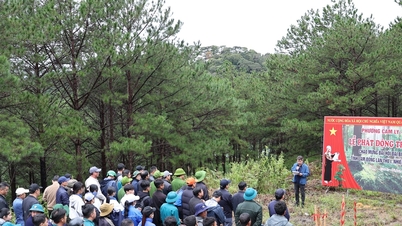



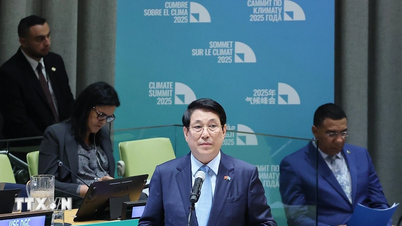

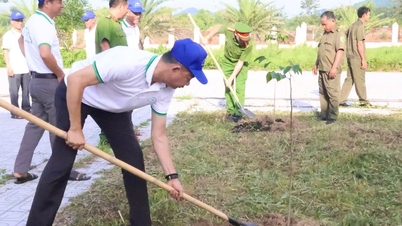





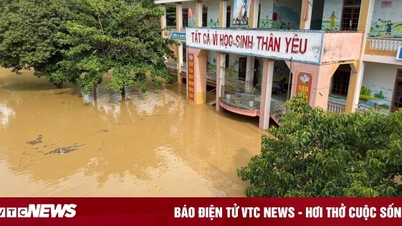














































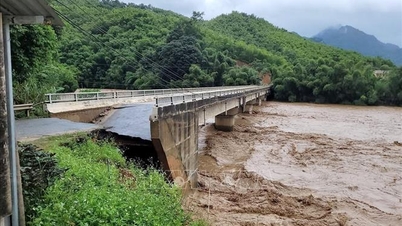































Comment (0)